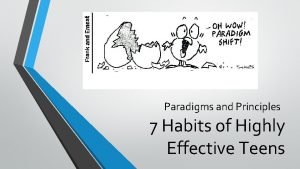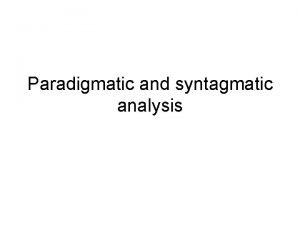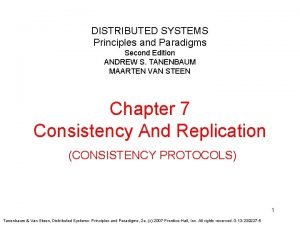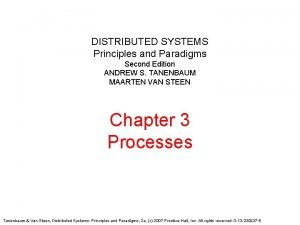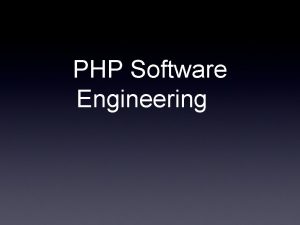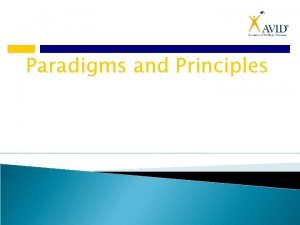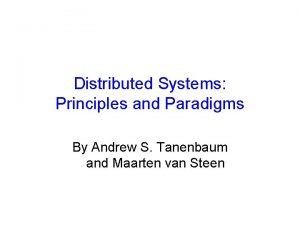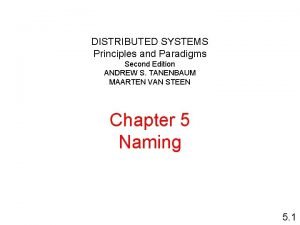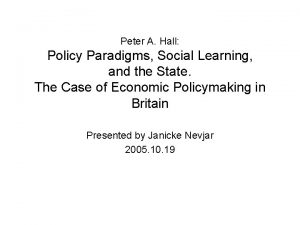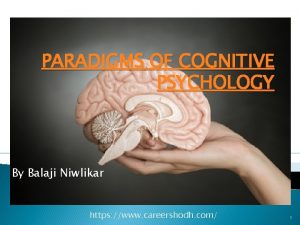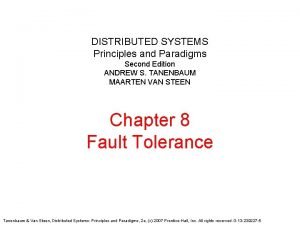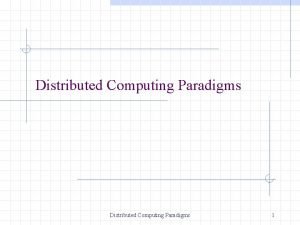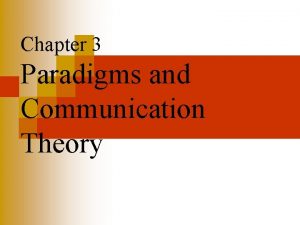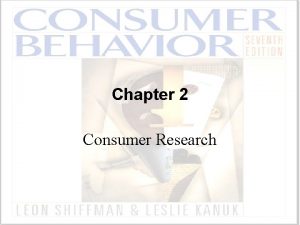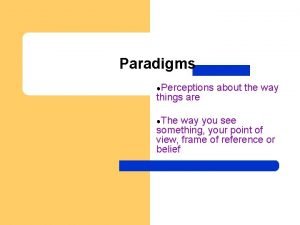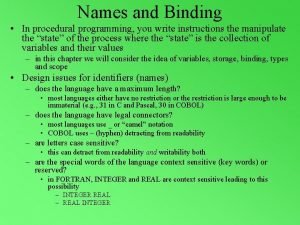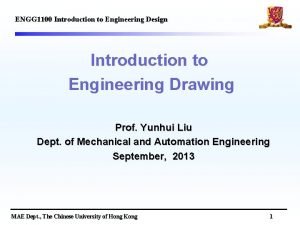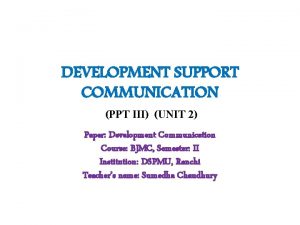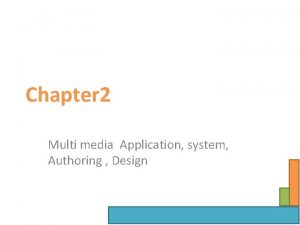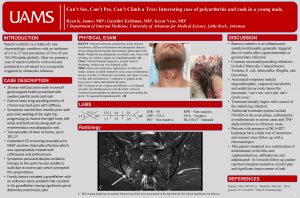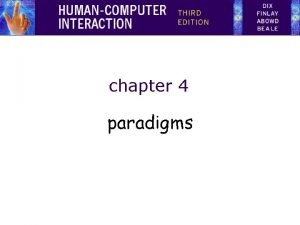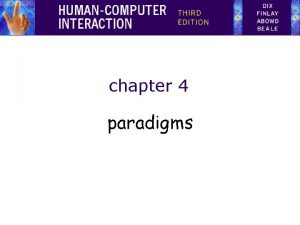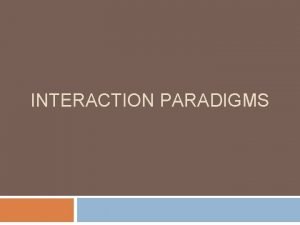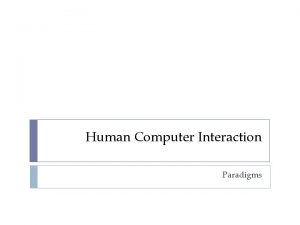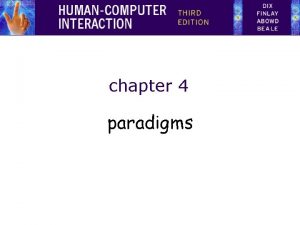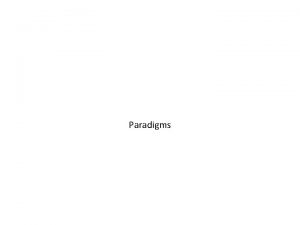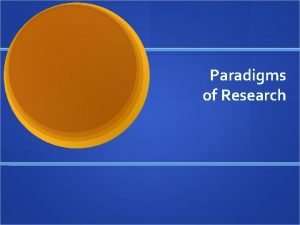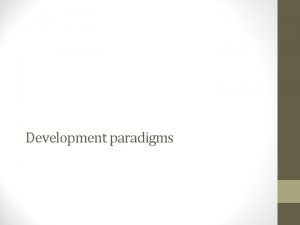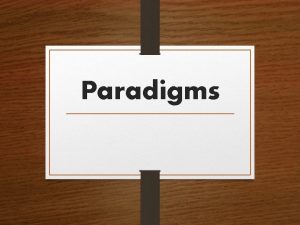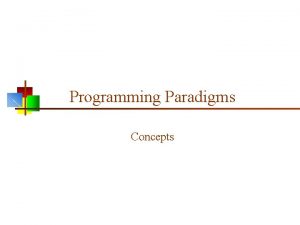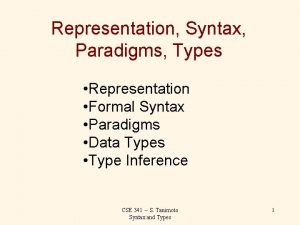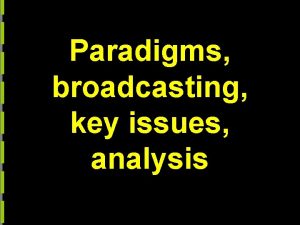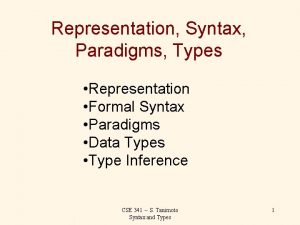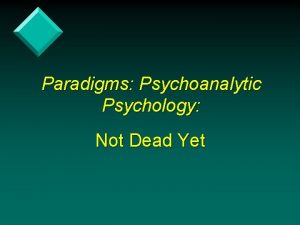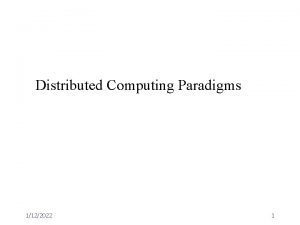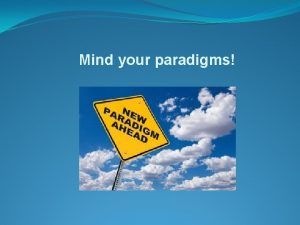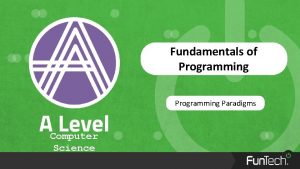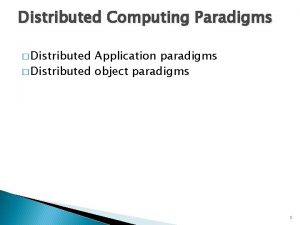Perspectives and Paradigms Perspectives Why Why Cant see

























- Slides: 25

Perspectives and Paradigms

Perspectives: Why? • Why? – Can’t see everything at once • Therefore, we focus and ignore • For example, portraits – Scientists can’t observe everything at once – DIGRESSION: science is both noun and verb • To non-scis, sci is body of knowledge • To scientists, science is activity to change body of knowledge – Doing science usually requires narrowing focus

Perspectives in Siam: A Fable • Three Blind Men and an Elephant – Whether or not you’ve heard this story before, you can be sure you will hear it in the future

: sevitcepsre. P So What? • So what? – What you see depends on • Where you observe – In front? In back? • How you observe – Telescope? Microscope? • What you are looking for – Depends on the color of your glasses • What’s actually there – Empirical!!!

Sociological Perspectives Based on Size and Focal Behavior • We will examine sociological perspectives that differ in: 1. Levels of analysis 2. Conceptions of what are the most important social phenomena

Levels of Analysis • Microsociology • Mesosociology • Macrosociology – Often meso is considered a form of macro

Three Different Ideas About What’s Most Important I 1. Creation and maintenance of social integration – Functionalist perspective • Structural functionalist 2. Individuals and groups trying to maximize interests – Conflict perspective

Three Different Ideas About What’s Most Important II 3. Active individual trying to make sense of a situation and give it meaning – Symbolic interactionism

What’s Most Important? Functionalist Perspective • Consensus or Functionalist – “Officially” structural-functionalism • I also call the consensus perspective – The most important elements of social life are those that foster social integration – Hobbesian problem of order • How is society possible? – Interested in how parts of society (structure) work together

What’s Most Important? Conflict Perspective • Conflict – Social life is a constant battle between individuals or groups, each seeking to maximize their interests • Interests – outcomes that benefit the actor • One form of conflict: zero sum game

Conflict Perspective: Zero Sum Game • Zero sum game - situation in which total amount of some “goody” is fixed. Only way one actor can get more is for one or more others to get less

What’s Most Important? Symbolic Interactionism • Symbolic interactionism – The most important aspect of social life is the active individual trying to make sense out of a situation and give it meaning – Also called interactionism – Seems to be the most difficult perspective for students to recognize

Symbolic Interactionism: Interaction and Symbols • Symbolic interactionism – because individual makes sense of situation largely through interactions with other people – Interactions at the time and in the past • Symbolic interactionism – because interactions and meanings depend on symbols

Symbolic Interactionism: Micro and Macro • Focus on interaction makes SI microsociological • That many symbols are widely shared brings in macro – Like social facts, symbols can be outside us

Symbolic Interactionism: Thomas Theorem • If men define situations as real, they are real in their consequences – W. I. Thomas & D. S. Thomas (1928) • More narrowly, People decide what to do next on the basis of what they think is going on now – This is the version I usually use on exams

The Two Questions Constantly Facing Each Actor 1. What’s going on? 2. What do I do now? • Answer to “What’s going on? ” is the definition of the situation – Example of subjective reality • The answer to “What do I do now? ” is actor’s actual behavior. – Example of objective reality

Two Questions II • The Thomas Theorem states that answer to “What do I do now? ” depends on answer to “What is going on? "

Verstehen and the Thomas Theorem • Verstehen: to understand situation from actor’s point of view • Practical Uses of the Thomas Theorem: to understand or predict behavior of others • To use Thomas Theorem, need to know how actor sees situation. One way to find out is to use Verstehen.

Verstehen Is Useful • Verstehen probably most practically useful thing you will learn in this course

Review • Levels of analysis (micro, meso, macro) • Three important perspectives based on what is considered most important • Central issue of functionalism – Hobbesian problem of order • Central issue for conflict – Zero-sum game

More Review • Central issue in symbolic interactionism – Why interactionism? – Why symbolic? – Thomas theorem – Verstehen

Apply Perspectives to Football

Perspectives and Giddens et al Essentials of Sociology 3 rd • Our textbook identifies five perspectives instead of the three we covered 1. Symbolic interactionism – Same as in lecture 2. Functionalism – Same as in lecture 3. Marxism and class conflict – Considered part of the conflict perspective

Perspectives and Giddens et al Essentials of Sociology 3 rd (2) 4. Feminism and feminist theory – Considered mostly part of the conflict approach 5. Postmodernism – Hard to know where to put it. Somewhere between conflict and symbolic interactionism

Perspectives and Paradigms • • Perspectives sometimes called paradigms Paradigms help working scientists: 1. Help specify what problems are important 2. Help specify how to go about solving problems – In ways convincing to other scientists
 If we can't measure it we can't manage it
If we can't measure it we can't manage it If you cannot measure it you cannot manage it
If you cannot measure it you cannot manage it Why cant we see atoms
Why cant we see atoms Why we cant see air
Why we cant see air Andreas carlsson bye bye bye
Andreas carlsson bye bye bye Paradigms and principles 7 habits
Paradigms and principles 7 habits Paradigmatic vs syntagmatic
Paradigmatic vs syntagmatic Distributed systems andrew s tanenbaum
Distributed systems andrew s tanenbaum Distributed systems principles and paradigms
Distributed systems principles and paradigms Features of php programming language
Features of php programming language Paradigms and principles
Paradigms and principles Distributed systems principles and paradigms
Distributed systems principles and paradigms Distributed systems principles and paradigms
Distributed systems principles and paradigms Peter hall policy paradigms
Peter hall policy paradigms Careershodh
Careershodh Paradigm of interaction in hci
Paradigm of interaction in hci Message ordering paradigms
Message ordering paradigms Computing paradigms
Computing paradigms 3 paradigms
3 paradigms Interpretivism in consumer behaviour
Interpretivism in consumer behaviour Enemy centered paradigm
Enemy centered paradigm Binding in programming paradigms
Binding in programming paradigms Ktu programming paradigms notes
Ktu programming paradigms notes Development support communication ppt
Development support communication ppt Multimedia application design
Multimedia application design Evaluation paradigms
Evaluation paradigms





